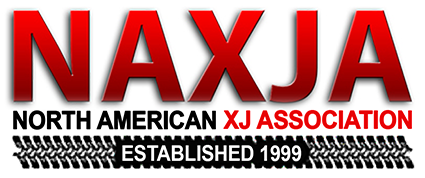Alexia
NAXJA Forum User
- Location
- Huntsville, AL
I am working on a new project lately to be able to drop a Haltech Elite ECU into my 1997 based MJ without losing the stock gauges or other CCD bus operated modules. This is accomplished by translating CAN bus messages from the Haltech into CCD bus messages simulating the stock Chrysler PCM. It removes the need to keep the stock PCM in place to run any systems and removes wiring/sensor complexity from running two engine computers. As well, this would simplify any CAN bus controlled engine swap, such as a GM V8, by only needing to plug in a little box between the data lines to retain the stock gauge cluster.
Current implementation status:
Example of controlling the gauge cluster over USB.

Testing how fast the gauge cluster can respond to data packets. The needles visibly stop moving when hitting the processing limits of the gauge cluster's microcontroller. The fastest I can get the gauge cluster to respond is 20hz or one update every 50ms. This might actually be faster than how fast the stock PCM updates.

Current implementation status:
- Chrysler CCD bus Packet IDs - Only missing fuel level. Everything else works including odometer/tripometer incrementing.
- Haltech CAN - In progress - Haltech is kind enough to provide full documentation to anyone that asks. Needs quality assurance testing and validation on my MJ when the wiring is finished.
- GM CAN(GMLAN) - I have a copy of the GMLan Bible. I would need to obtain an GM ECU or borrow a GM swapped vehicle for a few weeks. Otherwise implementing GM support will be as easy as Haltech support.
Example of controlling the gauge cluster over USB.

Testing how fast the gauge cluster can respond to data packets. The needles visibly stop moving when hitting the processing limits of the gauge cluster's microcontroller. The fastest I can get the gauge cluster to respond is 20hz or one update every 50ms. This might actually be faster than how fast the stock PCM updates.






